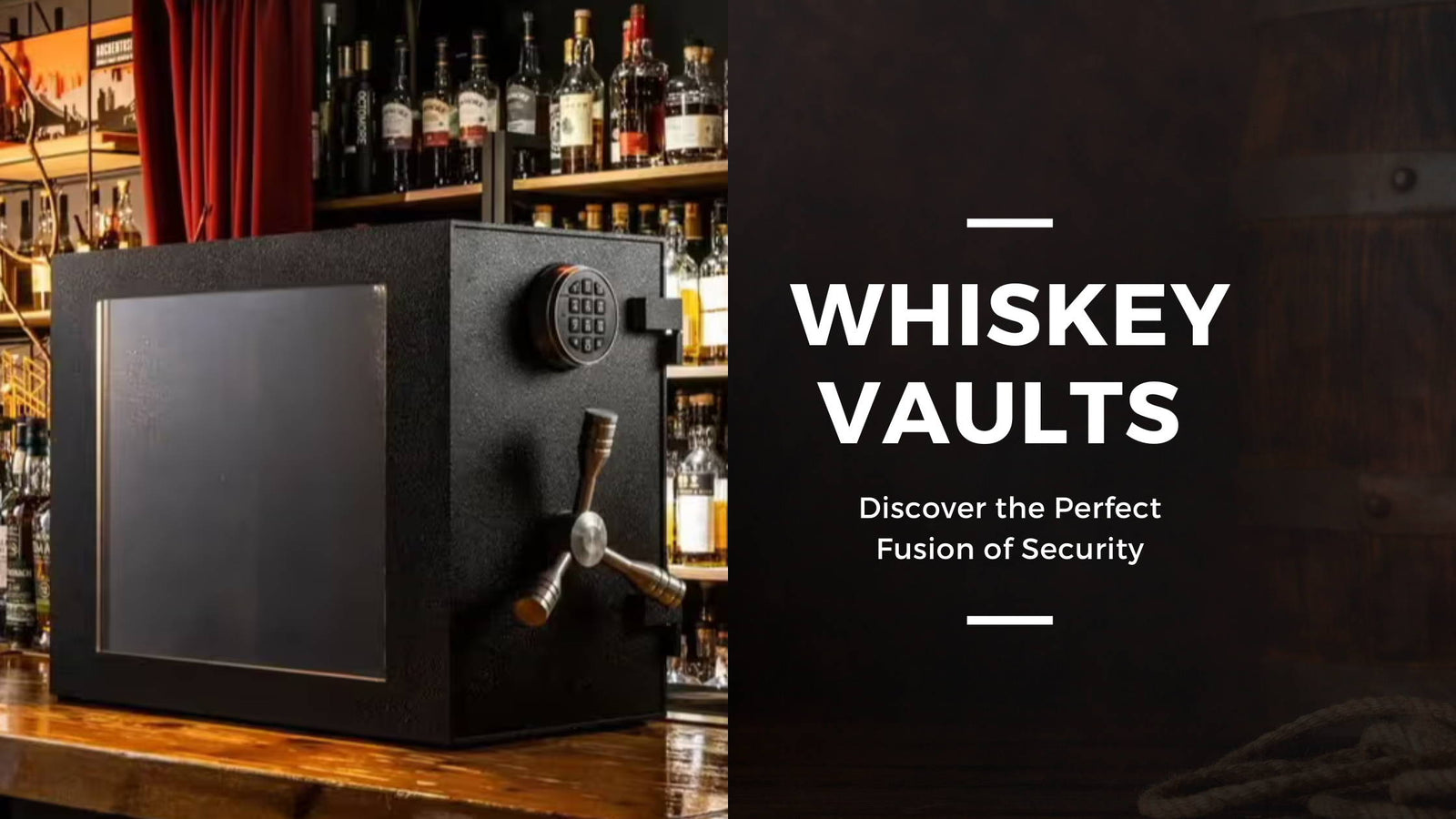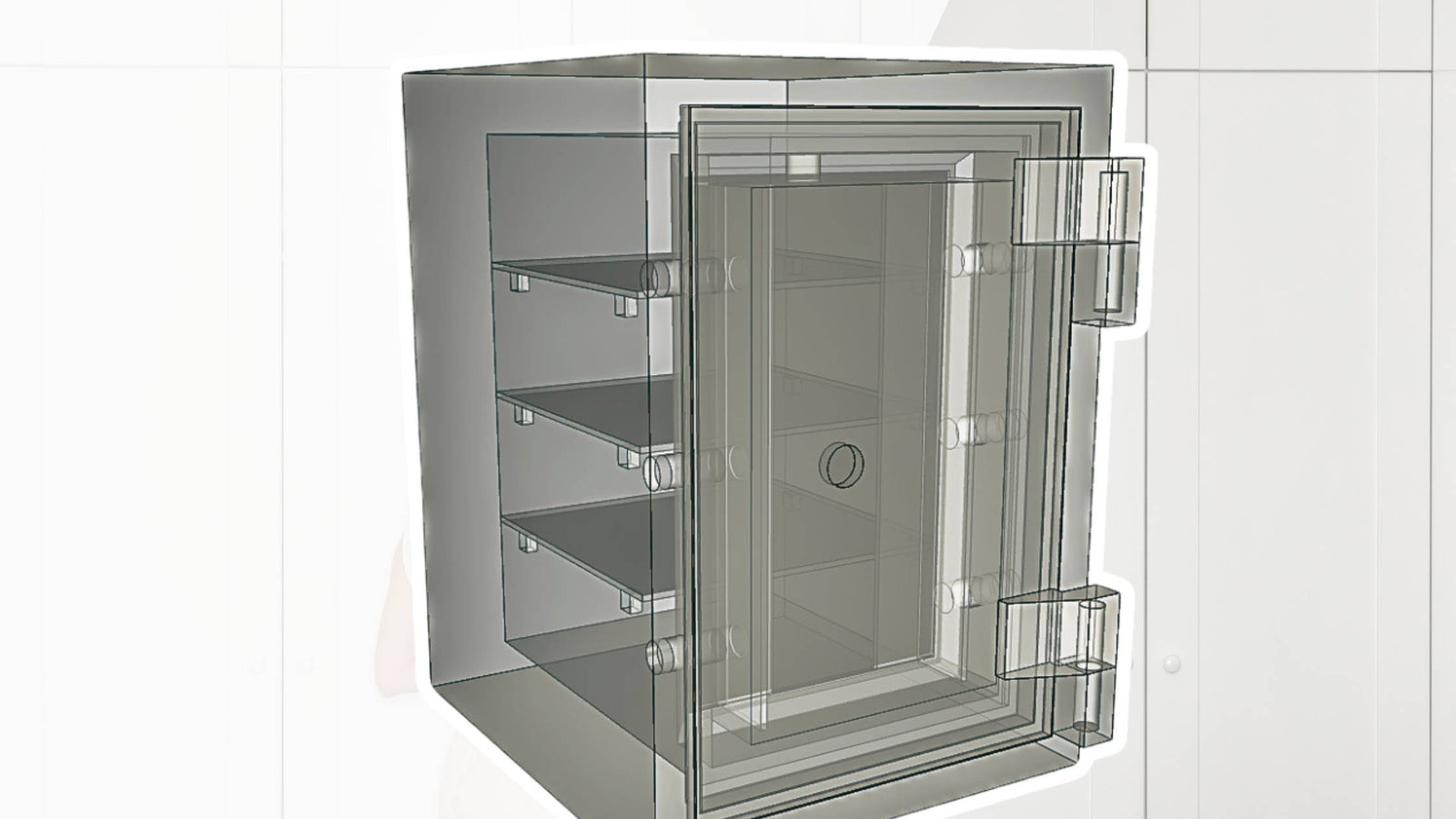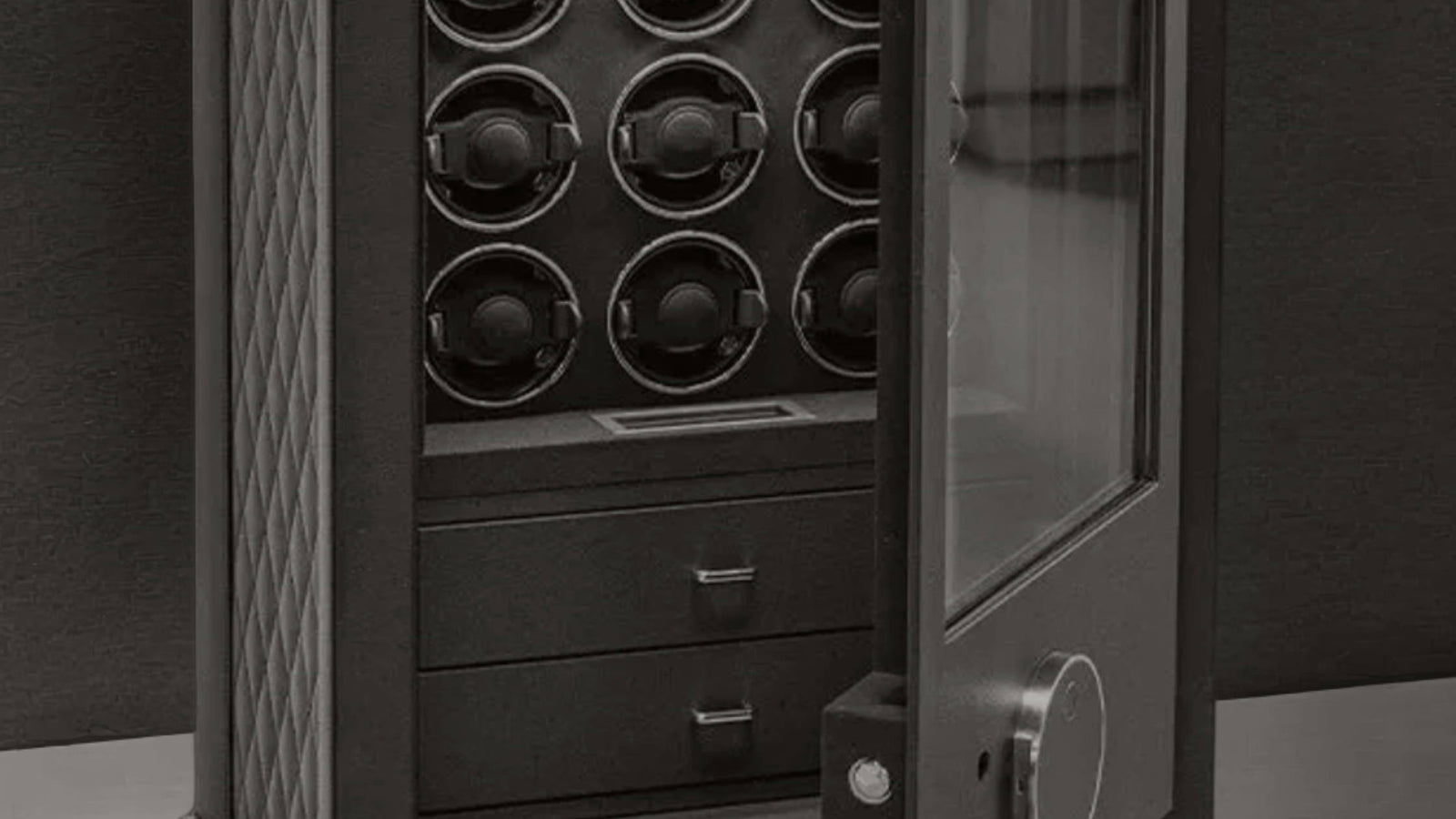When it comes to home and commercial safes there are a lot of different classifications and security ratings to help give you a better idea of exactly what you’re getting. However, sometimes it can be a bit overwhelming trying to understand all of the different acronyms and abbreviations. Here we’ll take a look at some of the most common security ratings and exactly what they mean.
What is UL?
You might have noticed that a lot of security ratings for safes begin with ‘UL.’ This stands for ‘Underwriter’s Laboratories’ which is one of the largest safety consulting and certification companies in the United States. Basically, in an effort to keep safe ratings consistent and fair UL evaluates and determines security ratings for most American companies as an unbiased third party. These are the guys that are rigorously testing and breaking into safes to determine just how secure they really are and they’ve been doing it for over 80 years.
UL TL-15
This security rating means that the safe can withstand 15 minutes of attempted entry with the use of common mechanical and electrical tools. These include hand tools, picking tools, mechanical or electrical tools, grinding points, carbide drills, and devices that apply pressure. While 15 minutes might not seem like much it’s important to note that the people testing this are professionals with access to the blueprints and likely an already disassembled model in order to find the quickest and easiest way in. In reality it’s unlikely that even a professional burglar would be able to gain entry in a similar amount of time.
UL TL-30
This security rating comes with the same construction standards as the TL-15 but it can withstand 30 minutes of attempted entry using the same tools as well as cutting wheels and power saws. Important to note is that the UL TL-15 and UL TL-30 only cover entry for the outer walls of the safe but do not include the roof and floor. A separate rating, the UL TL-30x6, covers the same criteria with all six sides being tested.
RSC
The residential security container rating is also awarded by UL though it is much less strenuous than the TL ratings previously reviewed. The basic criteria is the ability to withstand 5 minutes of attempted entry from one man with a hammer and crowbar. Though it’s also important to note that the listed times for UL security ratings is the ‘net working time’ which is typically only a fraction of the actual time it takes to break into these safes from a professional.
CDOJ
Though this isn’t exactly a security rating but rather is a set of construction standards it’s common for safes to list the California Department of Justice construction standard as a metric for security. The basic idea here is the ability to safely store firearms. CDOJ safes require specific locking mechanisms (either combination or electronic), a minimum of 3 half inch steel locking bolts, a minimum of 12-gauge steel walls, and protected hinges.




